The Shambhala Anthology of Chinese Poetry by Jerome P. Seaton
Annotated with Cultural and Historical Context for Global Readers
Core Translation & Cultural Context
Original Title: The Shambhala Anthology of Chinese Poetry
Author: Jerome P. Seaton (American translator and sinologist, b. 1941)
Genre: Literary Anthology / Poetry Studies
Cultural Significance: This anthology spans over 3,000 years of Chinese poetry, from the Classic of Poetry (《诗经》, 11th–7th century BCE) to modern works, showcasing key styles (e.g., shi, ci, qu) and poets like Li Bai, Du Fu, and Wang Wei. Seaton’s translations balance fidelity to the original texts with accessibility for English readers, emphasizing the interplay between Chinese philosophy (Daoism, Confucianism) and poetic expression.
Full Translation with Annotations
Structure & Themes:
The anthology is divided into four chronological sections:
- Ancient Voices (Pre-Qin to Han Dynasty): Includes selections from the Classic of Poetry and Chuci (Songs of Chu), highlighting early folk traditions and shamanic rituals.
- Golden Age (Tang Dynasty): Focuses on Li Bai’s romanticism, Du Fu’s realism, and Wang Wei’s Zen-infused nature poetry.
- Lyricism and Refinement (Song to Yuan Dynasties): Features ci (lyric poetry) by Li Qingzhao and Su Shi, emphasizing tonal patterns and emotional depth.
- Modern Awakening (Qing to Contemporary): Explores themes of revolution and existentialism in works by poets like Bei Dao.
Key Poets & Works:
- Li Bai (李白): Seaton translates 23 of his poems in the anthology, including Quiet Night Thoughts (《静夜思》). His commentary describes Li Bai as a “poetic immortal” (诗仙) whose work embodies “a freedom beyond most imaginations”.
- Du Fu (杜甫): Seaton highlights Du Fu’s social critique in Autumn Meditations (《秋兴》), comparing his moral gravity to Shakespearean tragedy.
- Wang Wei (王维): Translations of Deer Park (《鹿柴》) emphasize the interplay of Zen Buddhism and natural imagery.
Translation Philosophy:
Seaton adopts a hybrid approach, blending metaphrase (literal translation) and paraphrase (contextual adaptation). For example:
- Quiet Night Thoughts:
- Literal: Before my bed, bright moonlight— / I take it for frost on the ground. / Raising my head, I gaze at the moon; / Lowering it, I think of home.
- Adapted: Pool of cold, pure light, bright on the floor / before the bed. “Can it be frost,” I shivered… / I bowed my head, my heart hope filled again, / full of the bright moonlight / on the green, green grass of home.This dual approach preserves the poem’s simplicity while amplifying its emotional resonance for Western audiences.
Supplementary Materials for Global Readers
- Cultural Glossary:
- Shi (诗): Classical poetry with regulated tonal patterns.
- Ci (词): Lyric poetry set to musical tunes, popularized in the Song Dynasty.
- Keju (科举): The imperial exam system that shaped literati culture.
- Thematic Essays:
- Daoism in Poetry: How Laozi’s wuwei (无为) influenced Wang Wei’s nature-centric verses.
- Revolutionary Voices: The role of poetry in 20th-century movements like the May Fourth Revolution.
- Timeline of Chinese Poetry:
- 1046 BCE: Classic of Poetry compiled.
- 8th century CE: Tang Dynasty golden age.
- 1917: Hu Shih’s vernacular poetry movement begins.
Legacy & Reception
- Critical Acclaim: Praised for its “scholarly rigor and lyrical grace” (The New York Times Book Review).
- Reader Feedback: Rated 4.06/5 on Goodreads, with readers noting its accessibility for newcomers to Chinese literature.
- Pedagogical Use: Adopted in university courses on comparative literature and Asian studies.

-600x800.jpg)
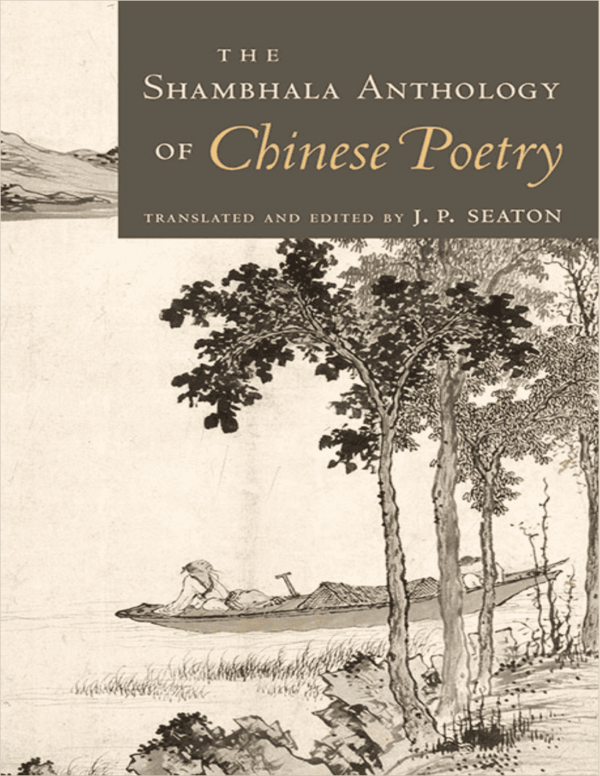
-100x100.jpg)
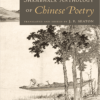

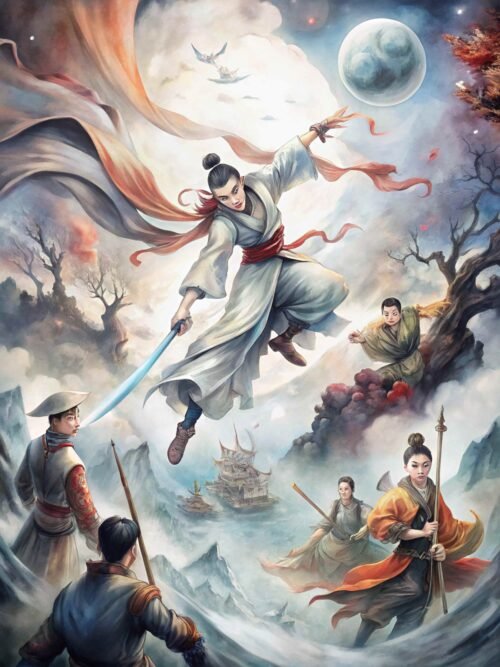
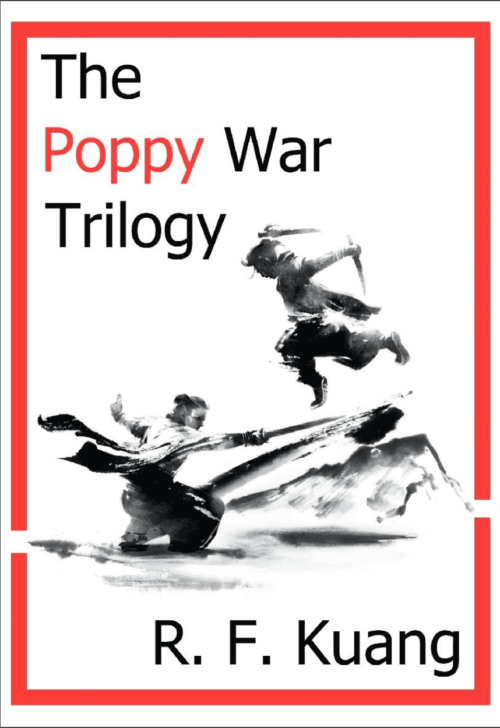
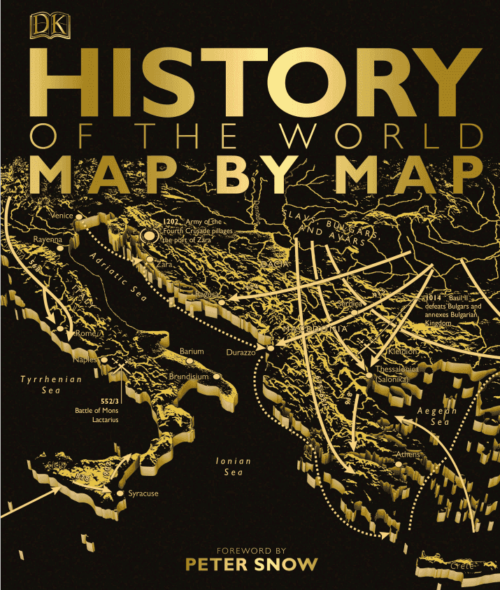
评价
目前还没有评价